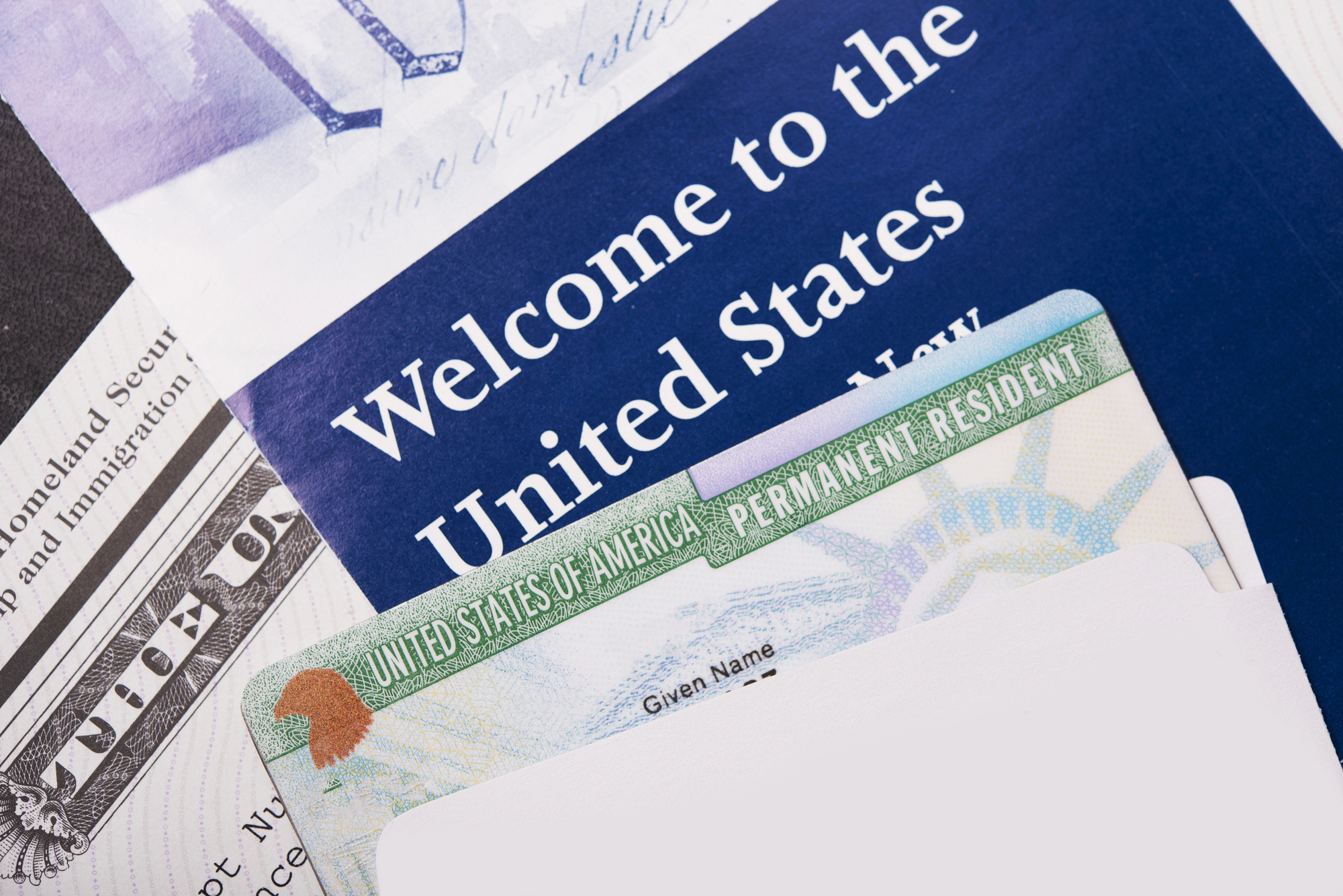“I had an A-D!” A law enforcement officer dreads the prospect of having to confess to the first on-scene supervisor or investigator in a tactical event that, for reasons the officer is unable to clearly articulate, much less understand, the officer’s gun, unintentionally discharged during the event.
Minimally, the unintended discharge of a firearm in the hands of a police officer may trigger strong administrative disapproval, censure, serious discipline, and albeit good-natured and mostly harmless in its intent, unrelenting ribbing from the officer’s comrades.
We have trained our officers to keep the index finger out of the trigger guard, away from the trigger, and along the side of the weapon until it is necessary to shoot or prepare to shoot. In this way, we hope to reduce the frequency of unintentional discharges when handling the weapon in both tactical and nontactical situations.
A recent criminal case our firm handled, which featured an unintended discharge that resulted in the death of the person the officer was confronting, required us to discover, learn about and understand the dynamics of unintended discharges.
Questions we confronted were: (1) are “accidental” discharges always the result of some lack of care or negligence, however slight? (2) does the answer depend on whether the unintended discharge occurs in a tactical event, or a non-tactical situation (such as range shooting, unloading, or other handling of a firearm)? (3) is every unintended discharge of a firearm an “accidental” discharge
(“A-D”)? (4) does “accidental” always imply negligence or unsafe handling of the weapon? (5) is it possible to handle and deploy a firearm properly and still experience an unintended discharge? (6) is there a class of unintended discharges that are properly termed “involuntary”? (7) is there a meaningful distinction between “accidental”, “unintended” and “involuntary” discharges?
In our case, the officer had properly deployed his semi-automatic pistol in a tactical situation. He intentionally fired several shots which are not in issue, since the officer acknowledged that each shot was in fact, intentionally fired. And, we all recognize that whether such intentional shots are lawful, or “in policy” or “according to training” involves a highly fact-oriented analysis that depends in large measure upon the officer’s “reasonable perceptions” at the time. For, as the controlling U.S. Supreme Court decision in Graham v. Connor, 490 U.S. 386 (1989) teaches:
The “reasonableness” of a particular use of force must be judged from the perspective of a reasonable officer on the scene, rather than with the 20/20 vision of hindsight. . . . The calculus of reasonableness must embody allowance for the fact that police officers are often forced to make split-second judgments–in circumstances
that are tense, uncertain, and rapidly evolving–about the amount of force that is necessary in a particular situation.
As in other Fourth Amendment contexts, however, “reasonableness” inquiry is an objective one: the question is whether the officers’ actions are “objectively reasonable” in light of the facts and circumstances confronting them, without regard to their underlying intent or motivation.
But how do we evaluate the legality, or “in or out of policy” character, or the “according to training” aspects of an unintended discharge? This was what we confronted in our case. While the “calculus of reasonableness” standard in the Graham opinion was helpful in looking at the overall conduct of the officer in this “rapidly-evolving” tactical situation, the fatal shot was, after all, unintended. As with most unintended discharges in intense tactical events, the officer was not able to account for why his weapon discharged when it did. In fact, he was not even certain that it had discharged, until he saw the evidence that his shot had struck the person in the head.
Everyone involved in the case, including the prosecutor at trial, assumed the officer intended to fire the fatal shot, and would “justify” the shooting by way of an explanation that would show deadly force was reasonable under the “totality of the circumstances” approach, in accord with the Graham standards, above.
However, it wasn’t until several days after the incident, during the “walk through” at the scene, only in the presence of two veteran OIS investigators with me, his lawyer, that the officer first realized he was unable to account for the unintended discharge, or even speculate how it could have occurred.
This required us to “work backwards” from the physical evidence we already had: muzzle-to-wound evidence based on stippling around the wound; trajectory and bullet path through the decedent’s head and neck; and test-firing of the weapon to ascertain its customary muzzle-blast pattern and bullet case ejection pattern. This testing and analysis, mostly done by DOJ criminalists, revealed that the weapon (a typical police-issue, semi-automatic 9mm) functioned within normal limits, and operated as expected in terms of muzzle blast and ejection pattern, at least when the weapon was held in a standard and very firm two-handed grip.
As with most violent police confrontations being witnessed wholly or in part by laypersons, our “eyeball witnesses” (about eight) were unhelpful, and “all over the place”; every one inconsistent with the next. No other officer witnessed the event. The criminalist’s blood-spatter analysis didn’t help much either, because the decedent spewed arterial blood as he moved around after the shot and third parties in very close proximity to the decedent at the moment he was shot, interacted with the blood, practically eliminating the possibility of drawing any valid conclusions from the spatter analysis.
We enlisted the support of a highly respected and qualified ballistics expert, Mr. Jimmy Trahin, and Dr. Carley Ward, a world-class biomechanics specialist and reconstructionist, to help us reconstruct the shooting event. Since we knew the muzzle-to wound distance (roughly one foot), the trajectory and bullet path (straight, left-to-right, sharply downward, and forward), the height and weight of the decedent and the officer, together with their approximate spatial relationships at the moment of the shot, we were able to determine how the pistol was likely positioned relative to the officer and the decedent when the shot was fired. If we were correct about the position of the pistol, the elevation in regard to the officer, and angle of alignment with the wound trajectory and bullet path, this information would enable us to determine how the officer was likely holding the weapon when it fired. We know that the officer was twisting, turning, stumbling and off balance when the gun fired. Still, with all of this scientific evidence, neither we nor the officer could account for the discharge.
From my use of force consultant and expert witness, LASD Sergeant Brian Stover, I learned about a professor of kinesiology and physiology who had investigated involuntary discharges by police officers in Arizona in the mid-1980’s. Brian gave me a Law Enforcement Television Network (“LETN”) video segment which featured the professor, Dr. Roger Enoka, wherein he explained that involuntary discharges by police officers can occur in one of several situations. I went looking for Dr. Enoka, and I found him at the University of Colorado at Boulder, where he is Chair of the Department of Kinesiology and Physiology
Dr. Enoka helped me understand how police officers can experience an unintended discharge that is completely involuntary.
Here, we need to define some terms for the purposes of the following discussion. We must separate unintended discharges into two classifications: these are (1) “accidental”, which we shall describe as unintentional discharges arising tactical and non-tactical situations, where the gun handler improperly handles a firearm, resulting in a discharge; and (2) “involuntary”, where the officer properly handles a weapon in a tactical event, but experiences an unintended discharge caused by an involuntary contraction of the gun-hand’s fingers, one of which depresses the trigger mechanism. Of course, not all “accidental” shots occur during nontactical events. The defining fact is whether the shooter was handling the weapon properly or improperly.
Since we believed our officer was handling his firearm properly, the fatal discharge did not qualify as “accidental”. Rather, we believed the shooting to be the result of an involuntary contraction of the shooting hand.
Dr. Enoka testified that such involuntary discharges can occur in tactical events where one or more of three circumstances prevail: (1) “sympathetic contraction” — one hand will contract in sympathy with the other, when the other hand is required to grab and/or squeeze an object, or otherwise grip the hand into a fist. The sympathetic hand will also contract, causing the fingers holding a gun to squeeze down; (2) “loss of balance” — here, the hands mechanically contract such that a finger on the trigger of a firearm will depress against the trigger, causing the weapon held in the hand to fire; and (3) “startle reaction” — here, the head bends forward and the hands contract in an involuntary response to a loud noise or other unexpected, or shocking event. In each of these scenarios, the discharge may well be due to a loss of balance, combined with elements of sympathetic contraction and startle reaction.
Dr. Enoka testified according to his research. He opined that the officer’s discharge was indeed involuntary as he struggled to regain his balance while twisting and turning to avoid injury to himself. Since the officer had fired several shots before, his pistol was operating in the single action mode, wherein the trigger pull was calculated at a mere six pounds, while the double-action trigger pull of this individual pistol was measured at 10.25 pounds.
Additionally, our testing of the firearm using high-speed video cameras disclosed that the “ejection pattern” of bullet casings from this weapon is erratic where the weapon is held loosely, in other than a customary, firm shooting grip.1 We concluded that the officer’s weapon was situated high above his head, pointed sharply downward, and held loosely in his hand, when an involuntary contraction caused the unintended discharge
However, we must not assume that because a shot is involuntary, the officer is immune from civil, criminal or administrative liability if the event results in an unjustified injury or death. The circumstances that place an officer and the injured person in a position where the involuntary shot is fired may be found to create administrative, civil or even criminal liability for the officer, if he is found to have acted negligently or recklessly leading up to the shooting.
CONCLUSION
Unintended discharges during tactical situations do occur. It is hoped that this paper will add to the understanding of the phenomena of involuntary discharges, and help to explain how they can happen.







